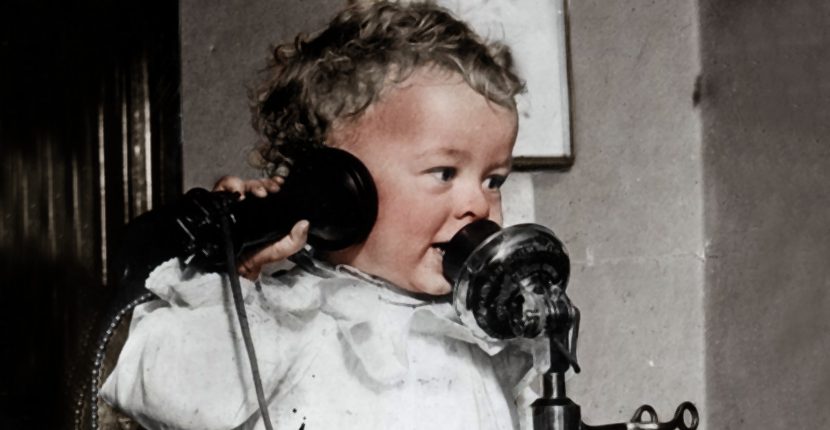Where does the word hello come from?
The 19th century was a fascinating time for innovation. This was the era in which Thomas Edison, arguably the most prolific inventor of the 19th century, brought us moving pictures and the light bulb. It was also the era in which the Wright Brothers first took to the skies and Alexander Graham Bell, another titan of innovation, invented the telephone. Whilst Thomas Edison is credited with inventing a lot of things, one thing we can be sure he didn’t invent was the word “Hello.”
The etymology of the word can be traced way back to before the telephone was invented. As Merriam-Webster notes, words such as “hail” and “hollo” were used in salutation, with recorded evidence going back as far as the Middle Ages.
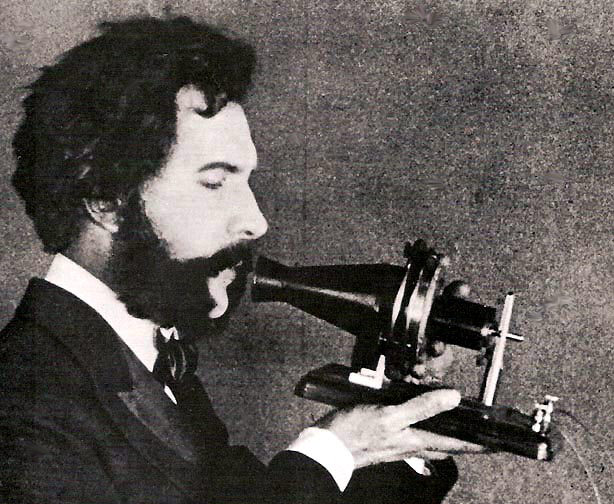
According to the Oxford English Dictionary, the word “hullo” was first made an appearance in the early 1800s and was used to attract attention or as an exclamation of surprise, “Well, hullo, what do we have here?.”
Fast forward to 1874 and it didn’t take long for the idea of the telephone to become popular. By 1878 one of the first telephone directories was printed in New Haven, Connecticut.
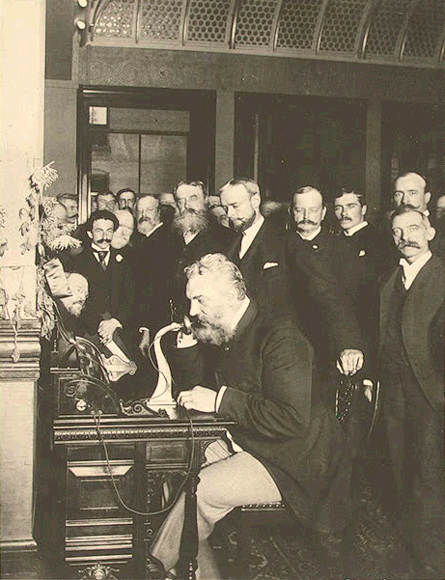
Although Graham Bell is credited with inventing the telephone, it was George Coy who adapted the technology and created the first telephone exchange which enabled multiple call locations. Before this, the telephone was used privately on direct lines.
The first telephone directory, published by District Telephone Company of New Haven, Connecticut, had only the names of the 50 subscribers recorded in it as people preferred to speak to an operator to connect their call.
As the use of the telephone gained popularity, the quandary of how to answer came to the fore. Graham Bell’s preference was for the old sailing term “Ahoy” and as Wired reports, “ahoy” was in fact used at first.
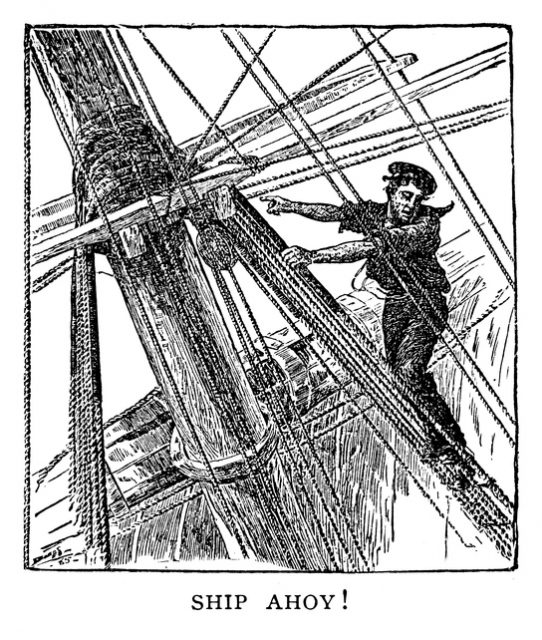
Other contenders were “Do I get you” and “Are you there” but as the New York Public Library reports, early telephone connections were noisy places as they were continuously open, so users had to shout to one another. Thomas Edison famously suggested the word “Hello” as a telephone greeting.
Related Video: Old Forgotten English Words That Need a Comeback
https://youtu.be/MfebN6UUQ5I
Edison wrote to the president of the Central District and Printing Telegraph Company of Pittsburgh, T.B.A. David: “Friend David, I do not think we shall need a call bell as Hello! can be heard 10 to 20 feet away. What you think? Edison – P.S. first cost of sender & receiver to manufacture is only $7.00.”
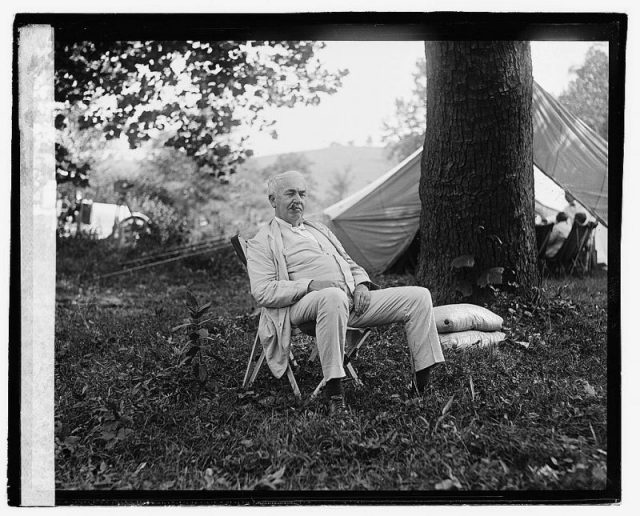
It did not take long for hello to catch on in the public imagination. The New York Times reports that in the 1878 manual for first public telephone exchange (as created by George Coy) there were two choices for greeting, the formal “What is wanted?” and the punchier “Hello.”
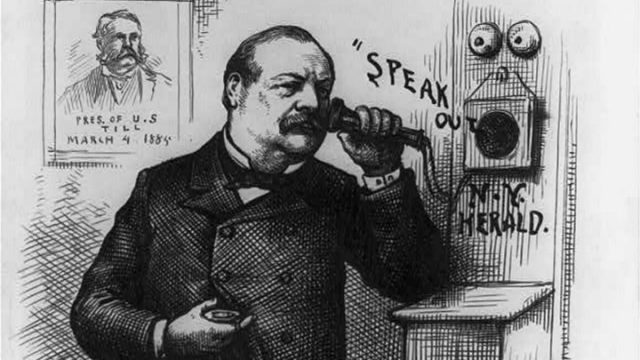
By 1880, hello had taken the lead and was so popular that Mark Twain used it in a comic strip called ‘A Telephonic Conversation,’ which is the first recorded use of the word in literature.
There is weight behind the idea that Thomas Edison is the forefather of introducing hello as salutation into common vernacular.
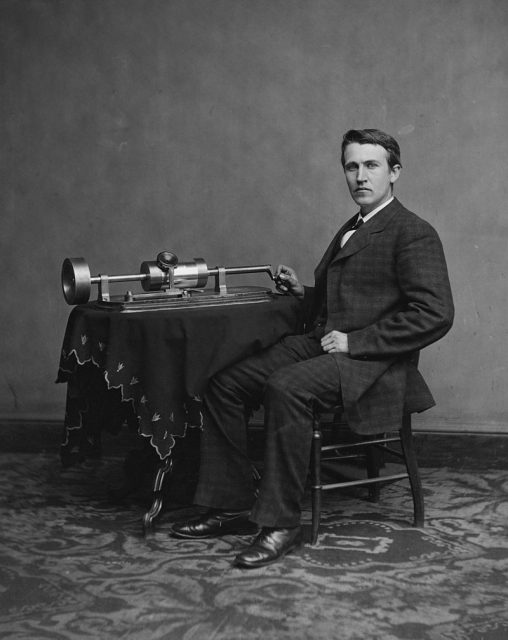
In 1877, as described in the New York Times, Edison discovered the principle of recorded sound when he shouted “Halloo!” into the mouthpiece of his strip phonograph (this recording still exists today!) and was such a fan of the word that he used it for the majority of his sound experiments.
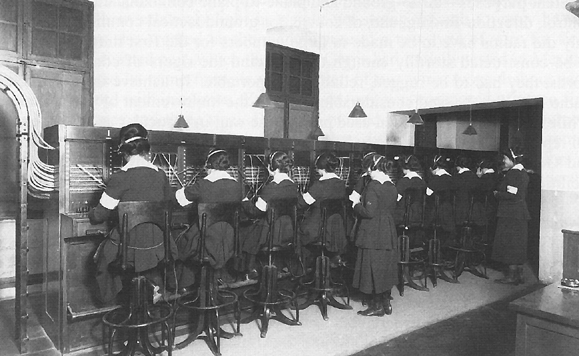
It seems that the word hello had existed in the English language for long before Edison used it to create sound experiments. It can be said, fairly, that Edison had a hand in bringing hello from a word of surprise to a word of greeting, changing the way we answer the phone and changing the meaning of a word forever.
Read another story from us: Cue the Laughter! How the Laugh Track Changed Television
Alexander Graham Bell did not like the concept however and continued to use “ahoy” as his telephone greeting for the rest of his life.
